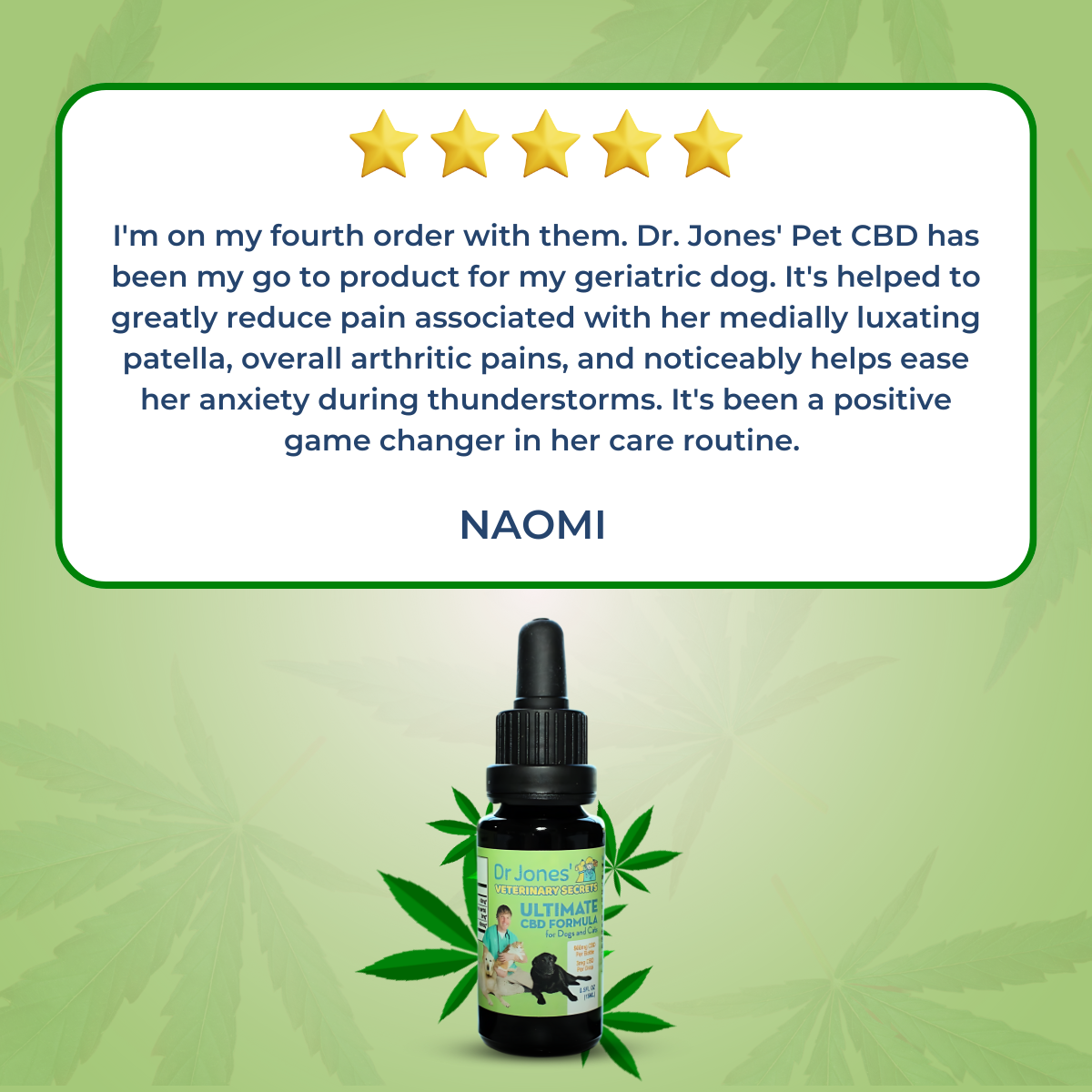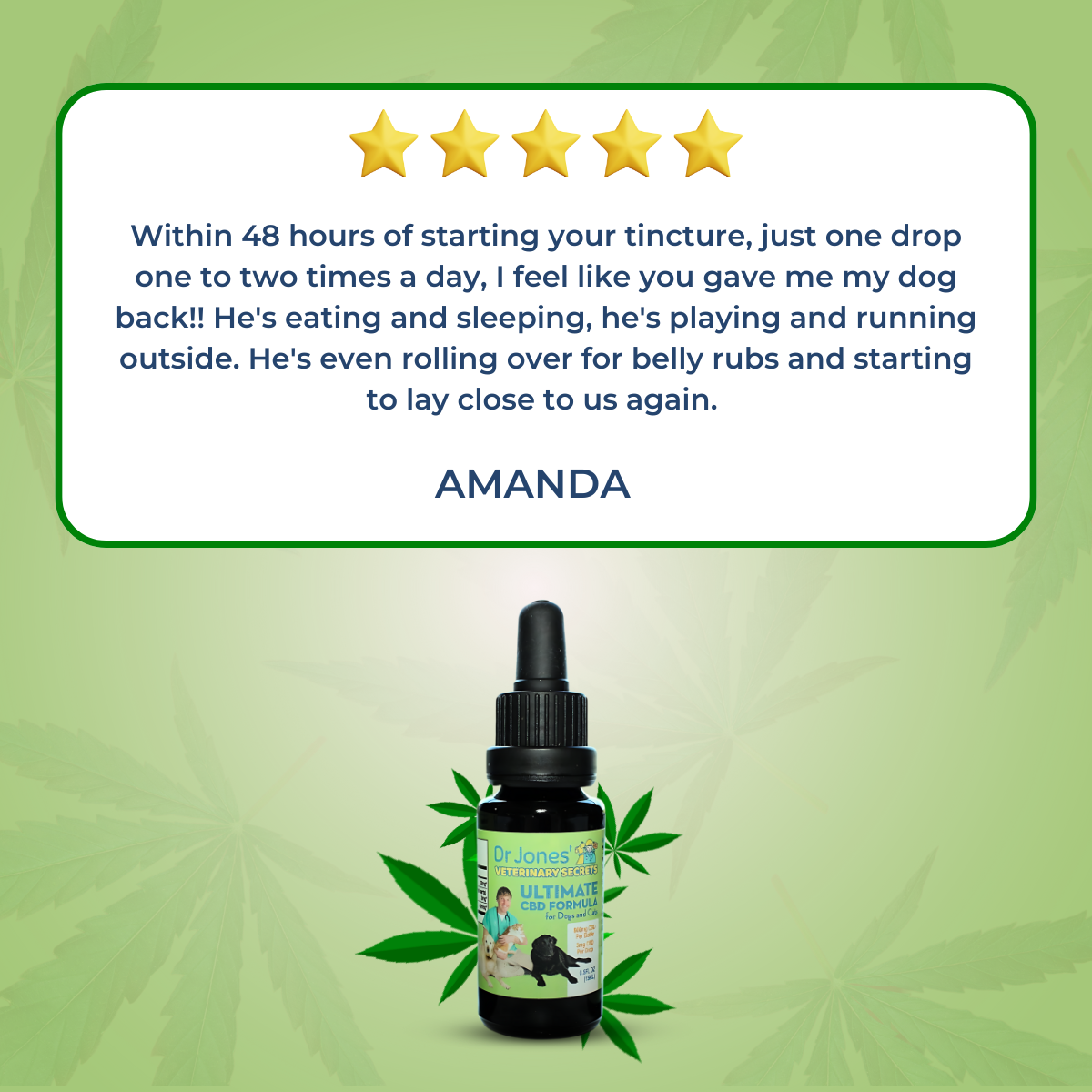How To Stop Dog Fear Aggression

Understanding and Addressing Fear Aggression in Dogs
Does your dog growl every time someone new tries to pet her? Or does your dog show signs of fear aggression? If so, you’re not alone. Many pet owners struggle with this behavior, but fortunately, there are ways to address it. In this video, I’ll explain what fear aggression is, the signs to look for, and some natural remedies to help your dog.
What is Fear Aggression in Dogs?
Fear aggression is a behavior where a dog reacts aggressively because of fear. This reaction typically occurs when a dog feels trapped and cannot flee from a perceived threat. For example, a dog may be confronted with a new person, a new situation, or a visit to the veterinarian, and instead of retreating, the dog reacts aggressively because it feels there’s nowhere to escape.
Dogs, just like humans, have a natural fight-or-flight response. Ideally, in a fearful situation, the dog should either fight or run away. However, if a dog doesn’t have the option to flee, the response may escalate to aggression.
Signs of Fear Aggression
It’s important to identify the signs of fear aggression early to address it before it escalates. Here are a few common indicators:
- Hunched posture: When a fearful dog cowers, their body will often hunch down, and they may avoid eye contact.
- Tail position: The tail is not up and wagging; instead, it might be tucked or held stiff.
- Ears back: A dog showing fear aggression often has ears pinned back against the head.
- Growling or snapping: If a dog feels cornered and unable to flee, it may growl or snap in an attempt to warn others to stay away.
- Cowering or backing away: Fearful dogs may retreat from people or situations that cause them anxiety.
Tula, the dog in this video, is fairly confident and doesn’t display fear aggression herself, but I believe most of you watching will have a pretty good sense if your dog is fearful. Just observe dogs in public and see how they behave in different social situations. Dogs who are scared tend to shy away, cower, or avoid eye contact.
Causes of Fear Aggression
Fear aggression can stem from various causes:
- Lack of socialization: Some dogs aren’t adequately socialized during their early months.
- Past trauma: Dogs that were abused or neglected may develop fear-based behaviors.
- Genetics and breed tendencies: Some breeds are more prone to fear aggression than others.
It’s essential to remember that even dogs who were well socialized and received proper training may still develop fear aggression due to genetics or past negative experiences.
How to Address Fear Aggression
If your dog is displaying fear aggression, here are some strategies that can help:
1. Never Punish Your Dog
Punishing a dog for fear aggression can make the situation worse. It leads to increased fear and anxiety, further reinforcing the aggressive behavior. Instead, focus on positive reinforcement and create a safe and supportive environment for your dog.
2. Work with a Positive Reinforcement Trainer
A skilled trainer who practices positive reinforcement is essential for overcoming fear aggression. Positive reinforcement involves rewarding desired behaviors rather than punishing undesirable ones. Working with a trainer will help your dog build confidence and learn how to cope with fearful situations in a more constructive way.
3. Identify Fear Triggers
Each dog has unique triggers that lead to fear aggression. It might be a new person entering the home, a visit to the vet, or even walking down a particular street. Identify what causes your dog’s fear and work to gradually expose them to these triggers in a controlled and positive way. The goal is to help your dog become less fearful over time.
4. Establish a Predictable Routine
Consistency and routine are key to helping fearful dogs feel safe. Having a predictable schedule helps reduce anxiety because the dog knows what to expect. Try to stick to a consistent routine, including feeding times, walks, and playtime. This sense of structure helps build confidence in fearful dogs.
5. Use Positive Associations
To address fear aggression in a constructive way, try using a technique called “positive association." This involves associating the presence of a fearful trigger (like a new person) with something positive, like treats or praise. For example, if a new person comes to your house, don’t let them immediately engage with your dog. Instead, let the person stand at a distance, and reward your dog with treats whenever the person is nearby. This teaches your dog that new people are not a threat and can actually be a source of positive experiences.
Natural Remedies for Fear Aggression
In addition to behavioral training, there are natural remedies that can help calm your dog’s anxiety and reduce aggressive behaviors.
L-Theanine from Green Tea
L-Theanine is an amino acid found in green tea that has calming effects on the mind and body. It is known to reduce anxiety and stress in both humans and animals. If your dog is dealing with serious anxiety or fear aggression, L-Theanine may be helpful. A typical dose is 1-2 mg per kilogram of your dog’s weight, and it can be used long-term for dogs with chronic anxiety.
Conclusion: Building Confidence in Your Dog
Fear aggression can be a challenging issue, but with patience and the right approach, you can help your dog overcome it. The key is to work with a positive reinforcement trainer, identify triggers, and gradually desensitize your dog to fearful situations. Consistency, positive associations, and natural remedies like L-Theanine can further support your dog’s emotional well-being.
Thank you for watching this edition of Dr. Andrew Jones’ Veterinary Secrets on fear aggression. If you found this video helpful, please like it and subscribe to my channel. You can also click the link below to receive my free books and videos on how to heal your dog at home with my top natural remedies.










Hello, really enjoyed your video – very helpful.
You spoke about LTheanine as a supplement. I did some reading up on it and it seems people are very positive about the effects on their dogs’ anxiety.
Which brand here in Canada would I be looking for? Any advice?
Thanks so much
I am heartbroken.. My 10yr old beagle bit me bad.. She shows her teeth a lot to.. She is no longer allowed in my bed. Most tell me put her asleep.. Ive known she’s nuts bc she was abused as a pup
So I’ve loved her unconditionally.. What to do?
Thanks for keeping some older videos on-line. I was reviewing some of your older emails and this is definitely a keeper. I will try the L-theanine on my 18-month-old shepherd. I already use it as a sleep aid, so I know it is safe.